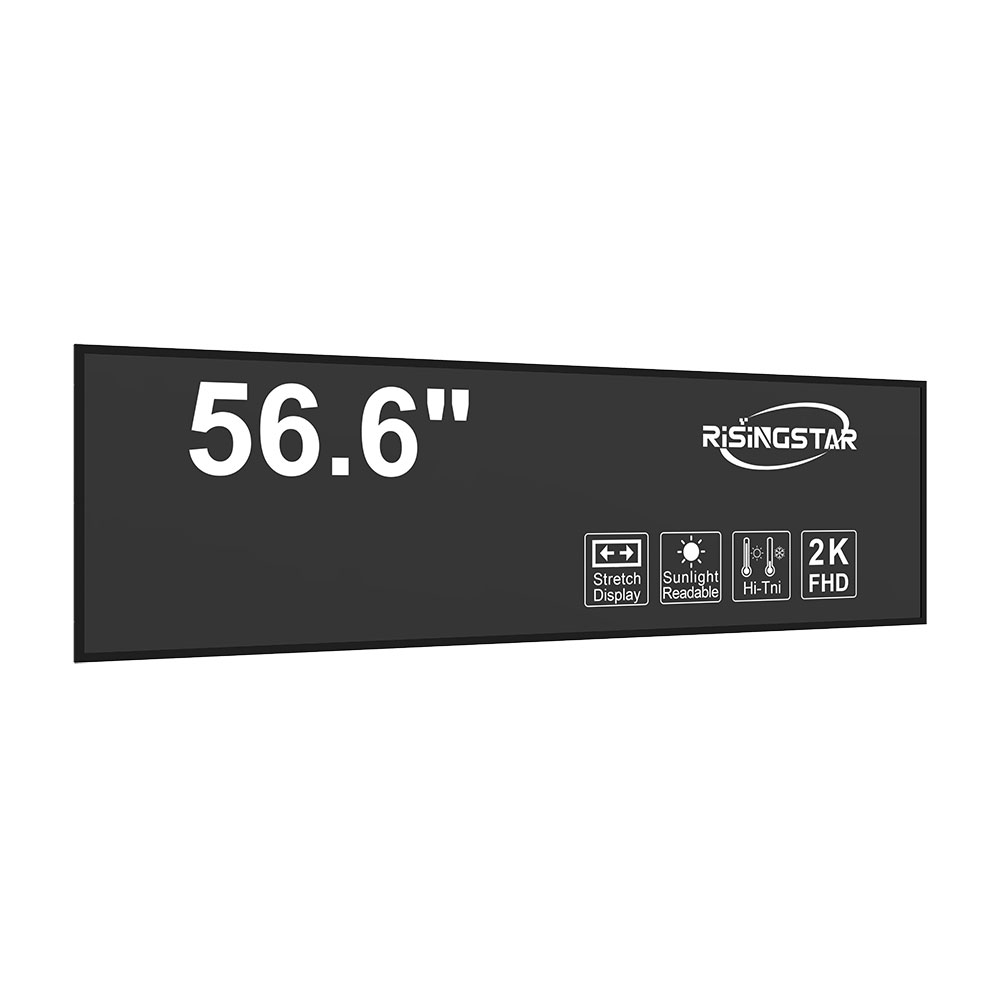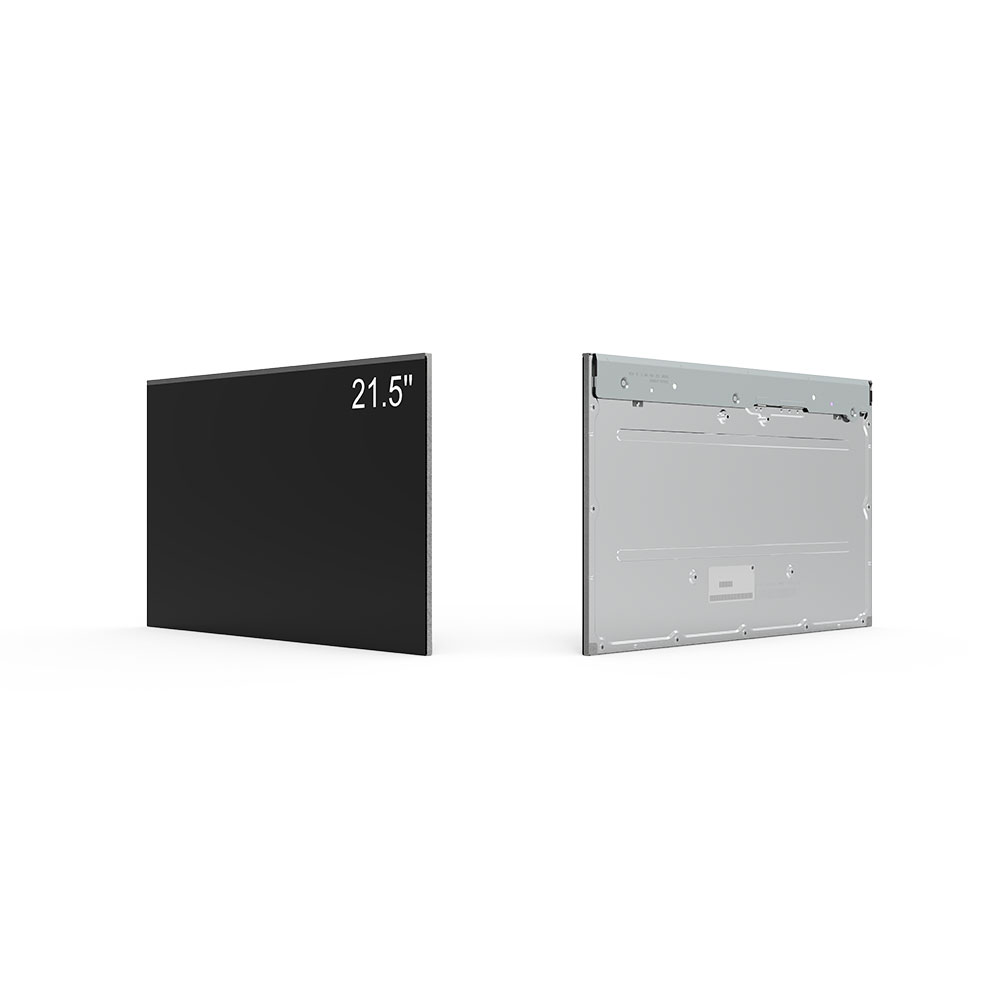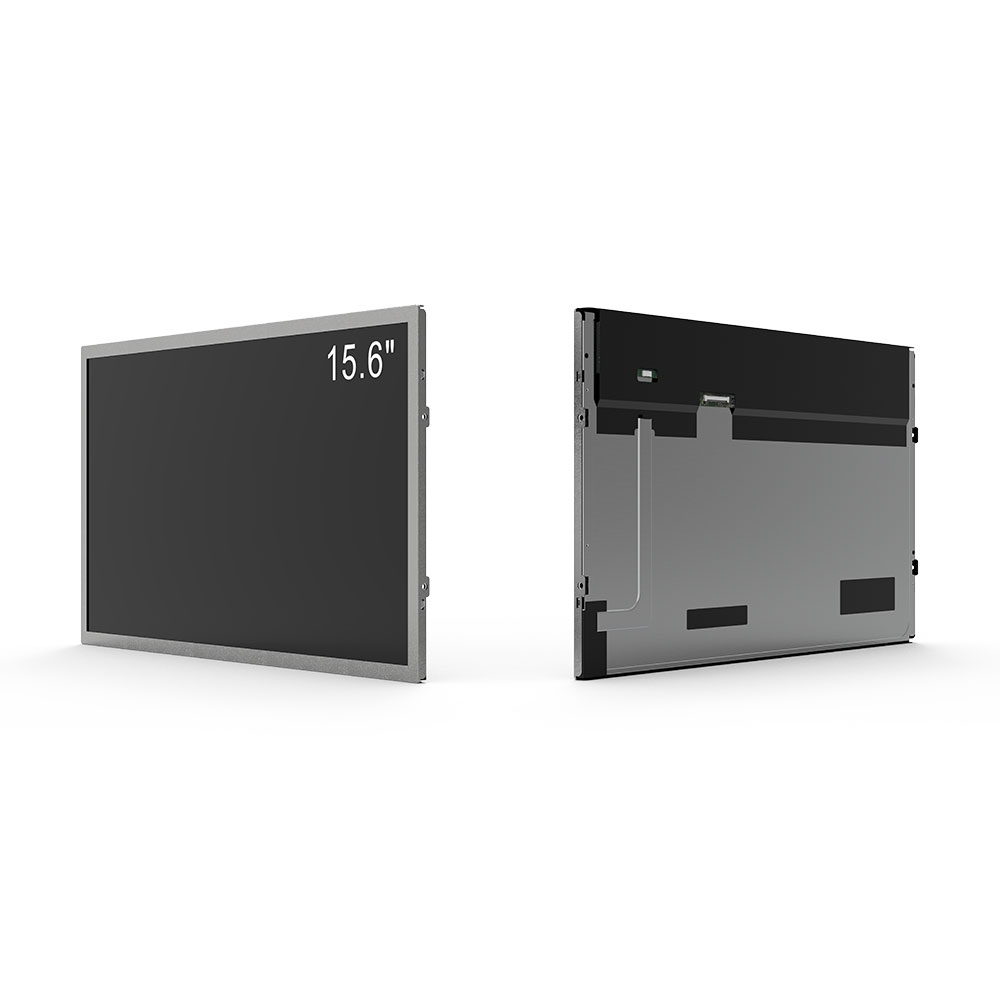- Home
- About Us
- Products
- News
- Video
- Contact
- Send Inquiry
Search
- Home
- About Us
- Products
- News
- Video
- Contact
- Send Inquiry

When designing or selecting outdoor LCD screens for commercial, industrial, or public use, choosing the correct display size and aspect ratio is critical to performance, visibility, and cost-efficiency. The most common display ratio used in modern outdoor LCD technology is 16:9, which aligns with HD (720p), Full HD (1080p), and Ultra HD (4K) video standards—making it ideal for digital signage, advertising, sports stadiums, transportation hubs, and retail environments.
The available sizes for 16:9 outdoor LCD screens range from compact 10.1-inch models to massive 110-inch units, each tailored for specific applications. For instance, 10.1-inch displays are often used in portable kiosks or vehicle-mounted systems where space is limited but high brightness and durability are essential. On the other hand, 13.3-inch and 15.6-inch units suit indoor-outdoor hybrid setups like restaurant menus or museum exhibits.
For larger installations such as billboards, airport information boards, or urban LED walls, screen sizes from 18.5-inch up to 110-inch become more practical. The 21.5-inch and 23.8-inch formats are widely adopted in corporate lobbies and public service areas due to their balance of visibility and cost-effectiveness. Larger formats like 27-inch, 32-inch, and 43-inch are standard in shopping malls and transit stations, offering clear visuals even under direct sunlight thanks to ultra-bright panels (often exceeding 5,000 nits).

High-end applications such as concert venues, stadiums, and outdoor event stages typically deploy 46-inch, 49-inch, 55-inch, 65-inch, 75-inch, 86-inch, and 98-inch displays. These large-format panels often integrate with edge-blending software and IP65-rated enclosures for weather resistance. The 110-inch model represents the upper limit for single-panel outdoor LCDs, commonly seen in immersive experiences like theme parks or large-scale advertising campaigns.
Industry standards like EN 60068-2 (Environmental Testing) and IEC 60068-2-1 (Cold Resistance) ensure outdoor LCDs meet rigorous durability requirements. Manufacturers like Samsung, LG, and Sharp routinely test their outdoor displays against salt spray, dust ingress, and temperature extremes—from -30°C to +60°C—to guarantee long-term reliability.

In summary, while 16:9 remains the dominant aspect ratio for outdoor LCD screens, selecting the right size involves evaluating environmental conditions, viewing distance, resolution needs, and installation constraints. Whether deploying a small 10.1-inch unit or a panoramic 110-inch display, understanding these parameters ensures optimal ROI and user engagement.
